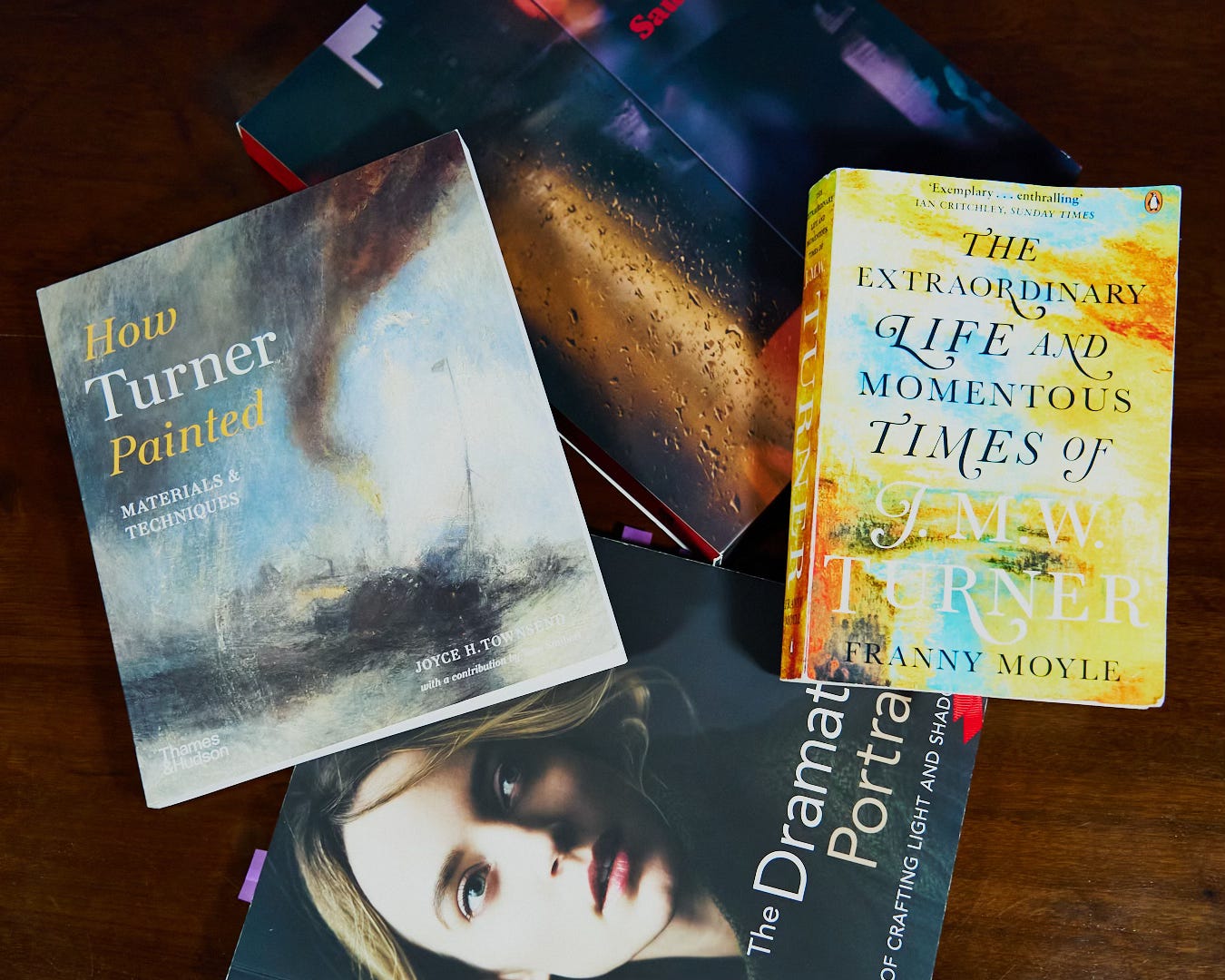Issue 31
Shedding Layers
There’s something oddly liberating about letting yourself unravel—gently, deliberately, not in crisis, but as an act of refusal. A refusal to keep performing an identity that no longer fits. Many of us, at some point, take on borrowed selves: the studious one, the sensible one, the loyal sceptic, the quiet achiever. They serve us well, until they don’t.
One of the strangest—and most strangely creative—periods in an artist’s life can arrive when those roles fall away. Not in drama, but in something smaller: a haircut grown too long. A shift in how we dress. A growing disinterest in appearing polished. A nudge toward a different kind of aesthetic entirely.
“To be fully alive, fully human, and completely awake is to be continually thrown out of the nest.”
— Pema Chödrön
Much of what we think of as artistic voice is, in truth, what’s left behind after all the unnecessary has been shed. Sometimes that shedding is literal—clothes, yes, but also the quiet performances we adopt to appear composed, the subtle habit of tidying ourselves into acceptability. And sometimes it’s conceptual: a slow loosening of the assumptions about what counts as proper, appropriate, or serious work.
What’s fascinating is how often an artist’s work begins to lean toward the abstract later in their career. Not out of limitation, but as a turning inward, a shift in attention from the visible to the felt, from description to essence.
“I took a deep breath and listened to the old brag of my heart. I am, I am, I am.”
— Sylvia Plath
This is part of why I’ve found myself drifting—quietly, curiously—towards conceptual images. Not the grand statement so popular today, but something more subtle. The kind of work Saul Leiter did so beautifully: figures half-glimpsed, reflections in steamed-up glass, moments that feel like they’ve happened just off to the side of real life. There’s a tenderness in that, an intimacy without intrusion. It’s early days for me in this space, but I can feel something shifting. A desire to reclaim space—literal, emotional, visual—without apology by noticing life more carefully.
None of this is a manifesto. But I do sense a quiet shift underway—a loosening of old forms, a new patience with ambiguity. The images I’m drawn to now are less about clarity and more about atmosphere, gesture, trace. There’s freedom in that: not so much breaking out as settling in.
In the Spotlight
That’s a wrap—thanks for reading! As ever, if you know anyone who’s into photography, visual storytelling or collecting finely crafted prints, feel free to pass this email on. Or just hit reply and let me know what you think, say “hi,” or anything else that pops into your mind!


